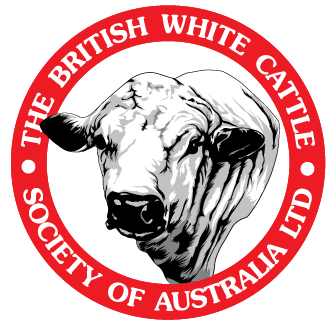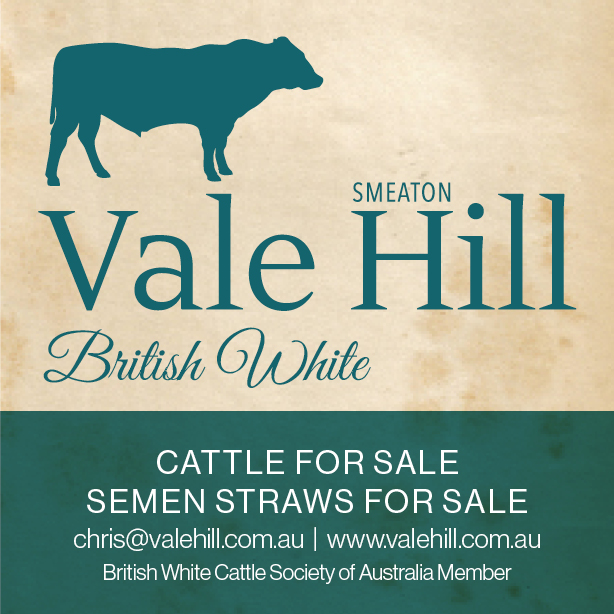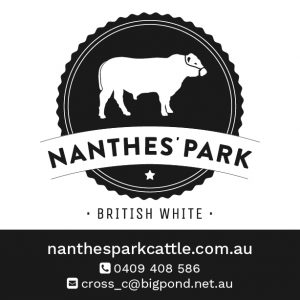Learning all about Frame Score in Beef Cattle is easy and something all beef cattle producers should be familiar with.
Hip height converted to frame score is a linear measurement that helps cattle producers evaluates lean-to-fat ratio potential of an individual animal in a performance program. No one frame size will be best for all feed resources, breeding systems, and markets. Large-framed animals tend to be heavier at all weights, leaner, and later maturing. Small framed animals tend to be lighter, fatter, and earlier maturing. Frame scores can be monitored to maintain body size, fatness level, and maturing rate within the optimum ranges dictated by the resources, breeding system, and market specifications of a herd.
Frame score is a convenient way of describing the skeletal size of cattle. With appropriate height and growth curves, most animals should maintain the same frame score throughout their life, regardless of when they are evaluated. However, frame scores may change for animals that mature earlier or later than average for their breed.

The recommended site for hip height measurement is a point directly over the hooks. This measurement should be adjusted to a weaning age endpoint of 205 days and to yearling age endpoints of 365, 452 or 550 days. The same age range guidelines as for weaning and yearling weights should be used.
Below are 2 table used to calculate the frame score on male and female cattle.
| Age (months) |
Bulls—hip height (cm) |
||||||||||
|
Frame score |
|||||||||||
| 1 | 2 | 3 | 4 | 5 | 6 | 7 | 8 | 9 | 10 | 11 | |
| 5 | 85 | 90 | 95 | 100 | 105 | 110 | 116 | 121 | 126 | 131 | 137 |
| 6 | 88 | 93 | 99 | 104 | 108 | 114 | 119 | 124 | 130 | 135 | 140 |
| 7 | 92 | 97 | 102 | 107 | 112 | 117 | 122 | 128 | 133 | 138 | 143 |
| 8 | 95 | 100 | 105 | 110 | 114 | 120 | 125 | 131 | 136 | 141 | 146 |
| 9 | 98 | 102 | 107 | 113 | 117 | 123 | 128 | 133 | 138 | 144 | 149 |
| 10 | 100 | 105 | 110 | 115 | 119 | 125 | 130 | 135 | 140 | 146 | 151 |
| 11 | 102 | 107 | 112 | 117 | 122 | 128 | 133 | 138 | 143 | 148 | 153 |
| 12 | 104 | 109 | 114 | 119 | 124 | 130 | 135 | 140 | 145 | 150 | 155 |
| 13 | 106 | 111 | 116 | 121 | 126 | 131 | 137 | 142 | 147 | 152 | 157 |
| 14 | 108 | 113 | 118 | 123 | 127 | 133 | 138 | 143 | 148 | 154 | 159 |
| 15 | 109 | 114 | 119 | 124 | 129 | 135 | 140 | 145 | 149 | 155 | 160 |
| 16 | 110 | 116 | 121 | 126 | 130 | 136 | 141 | 146 | 151 | 156 | 161 |
| 17 | 112 | 117 | 122 | 127 | 131 | 137 | 142 | 147 | 152 | 157 | 162 |
| 18 | 113 | 118 | 123 | 128 | 132 | 138 | 143 | 148 | 153 | 158 | 163 |
| 19 | 114 | 119 | 124 | 129 | 133 | 139 | 144 | 149 | 154 | 160 | 165 |
| 20 | 115 | 120 | 125 | 130 | 134 | 140 | 145 | 150 | 155 | 160 | 165 |
| 21 | 116 | 121 | 126 | 131 | 135 | 140 | 146 | 151 | 156 | 161 | 166 |
| Mature bulls | |||||||||||
| 24 | 118 | 123 | 128 | 133 | 137 | 142 | 147 | 152 | 157 | 163 | 168 |
| 30 | 120 | 125 | 130 | 135 | 139 | 145 | 150 | 155 | 160 | 165 | 170 |
| 36 | 122 | 127 | 132 | 137 | 141 | 146 | 151 | 156 | 161 | 166 | 171 |
| 48 | 123 | 128 | 133 | 137 | 142 | 147 | 152 | 157 | 162 | 167 | 172 |
| Age (months) |
Females—hip height (cm) |
||||||||||
|
Frame score |
|||||||||||
| 1 | 2 | 3 | 4 | 5 | 6 | 7 | 8 | 9 | 10 | 11 | |
| 5 | 84 | 89 | 94 | 99 | 105 | 110 | 115 | 120 | 126 | 131 | 136 |
| 6 | 87 | 92 | 97 | 102 | 107 | 113 | 118 | 123 | 128 | 134 | 139 |
| 7 | 89 | 94 | 100 | 105 | 110 | 115 | 121 | 126 | 131 | 136 | 141 |
| 8 | 92 | 97 | 102 | 107 | 112 | 117 | 122 | 128 | 133 | 138 | 144 |
| 9 | 94 | 99 | 104 | 109 | 114 | 119 | 124 | 130 | 135 | 140 | 145 |
| 10 | 96 | 101 | 106 | 111 | 116 | 121 | 126 | 131 | 136 | 141 | 147 |
| 11 | 98 | 103 | 108 | 113 | 118 | 123 | 128 | 133 | 138 | 144 | 149 |
| 12 | 99 | 104 | 109 | 114 | 119 | 124 | 130 | 135 | 140 | 145 | 150 |
| 13 | 101 | 105 | 110 | 116 | 121 | 126 | 131 | 136 | 141 | 146 | 151 |
| 14 | 102 | 107 | 112 | 117 | 122 | 127 | 132 | 137 | 142 | 147 | 152 |
| 15 | 103 | 108 | 113 | 118 | 123 | 128 | 133 | 138 | 143 | 148 | 153 |
| 16 | 104 | 109 | 114 | 119 | 124 | 129 | 134 | 139 | 144 | 149 | 154 |
| 17 | 105 | 110 | 115 | 120 | 125 | 130 | 135 | 140 | 145 | 149 | 154 |
| 18 | 106 | 110 | 116 | 121 | 126 | 131 | 135 | 140 | 145 | 150 | 155 |
| 19 | 107 | 111 | 116 | 121 | 126 | 131 | 136 | 141 | 146 | 151 | 156 |
| 20 | 107 | 112 | 117 | 122 | 127 | 132 | 137 | 141 | 146 | 151 | 156 |
| 21 | 108 | 113 | 118 | 123 | 128 | 132 | 137 | 142 | 147 | 152 | 157 |
| Mature cows | |||||||||||
| 24 | 109 | 114 | 119 | 124 | 129 | 133 | 138 | 143 | 148 | 153 | 157 |
| 30 | 111 | 116 | 121 | 125 | 130 | 135 | 140 | 145 | 150 | 154 | 159 |
| 36 | 112 | 117 | 122 | 126 | 132 | 136 | 141 | 145 | 150 | 155 | 160 |
| 48 | 113 | 118 | 122 | 127 | 132 | 137 | 142 | 146 | 151 | 155 | 160 |
Frame score has been abused in its use to indicate superiority of one animal over another because of its height. Quite often people have relied on frame score to indicate weight when it would be far more sensible just to weigh the animal. With breeding cattle, weights can be used to produce EBVs—a much better predictor of weight.
As we have discussed, frame score can be a useful tool to indicate maturity of an animal. However, it should not be used in preference to other easily measured traits which give a better indication of market suitability or fitness for purpose.
In breeding cattle particularly, balanced selection for a number of productive traits which include fertility, growth and carcase quantity and quality should be practised.



